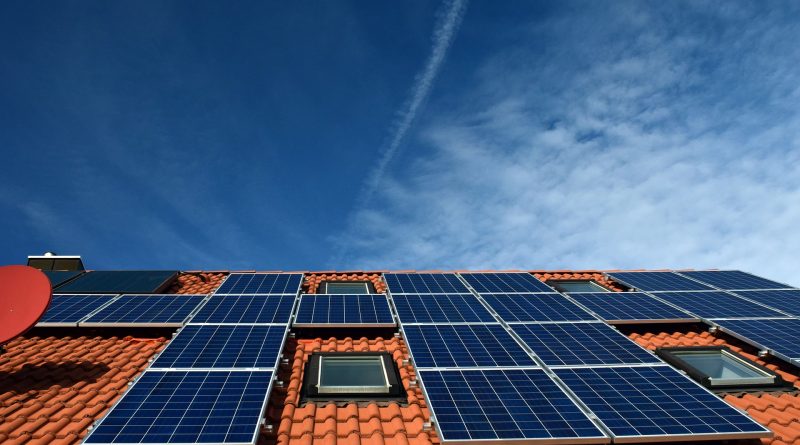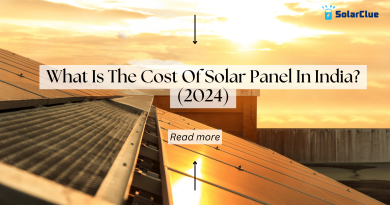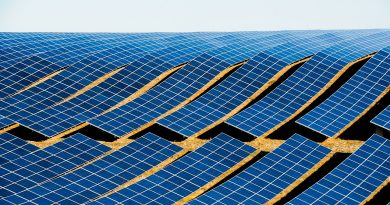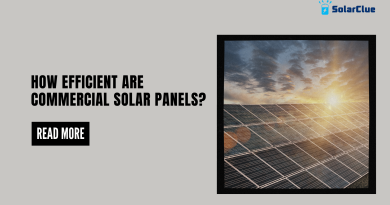Discover Solar Power Grid: Benefits and Installation Guide
Solar energy has quickly become one of the most popular renewable energy sources worldwide. As more and more people become aware of the environmental benefits and cost savings associated with solar power, the demand for solar panels has skyrocketed. One of the most common types of solar systems is the on-grid solar system. In this blog post, we will delve into the world of on-grid solar systems, uncovering their benefits, components, and how they work.
Table of Contents
What is an on-grid solar system?
An on-grid solar system, also known as a grid-tied or grid-connected system, is a solar power system that is connected to the local electricity grid. This means that the solar energy generated by the system can be used to power your home or business while still being able to draw electricity from the grid when needed. In contrast, an off-grid solar system is not connected to the grid and relies solely on solar energy and battery storage.
Components of an on-grid solar system
An on-grid solar system consists of several key components that work together to harness the sun’s energy and convert it into usable electricity. These include:
1. Solar panels
Solar panels, often referred to as photovoltaic (PV) panels, are the heart of any solar system. These panels are made up of individual solar cells that convert sunlight into direct current (DC) electricity. They are typically installed on the roof or in an open area where they can receive maximum sunlight exposure.
2. Inverter
The electricity generated by solar panels is in the form of direct current (DC), which is not suitable for most household appliances that run on alternating current (AC). The inverter is responsible for converting the DC electricity into AC electricity, making it compatible with the electrical appliances you use every day.
3. Metering system
An on-grid solar system requires a metering system to measure the amount of electricity being generated and fed back into the grid. This is known as net metering. During periods of low electricity consumption, excess energy generated by the solar panels can be sent back to the grid, causing the meter to run backward. This surplus energy generated can later be credited to your electricity bill or used during periods of high energy consumption.
4. Electrical panel
The electrical panel, also known as the distribution board, is responsible for distributing the electricity generated by the solar panels and the grid. It ensures that power is supplied seamlessly to all electrical circuits in the house or business premises.
How does an on-grid solar system work?
Now that we understand the components, let’s delve into the workings of an on-grid solar system:
1. Sunlight is captured by the solar panels, which then converts it into DC electricity.
2. The DC electricity is sent to the inverter, where it is converted into AC electricity.
3. The AC electricity is then distributed to power electrical appliances in your home or business.
4. If the solar system generates more electricity than is being used, the excess energy is fed back into the grid through the net metering system.
5. During times of low solar energy production, such as at night or during cloudy days, electricity is seamlessly drawn from the grid to power your home.
The benefits of an on-grid solar system
Choosing to install an on-grid solar system offers numerous benefits:
1. Reduced electricity bills: By leveraging the power of the sun, you can significantly decrease or even eliminate your reliance on grid electricity. This translates into substantial savings on your monthly energy bills.
2. Environmental friendliness: Going solar decreases your carbon footprint and helps combat climate change. By choosing renewable energy, you are contributing to a cleaner and greener future for generations to come.
3. Independence and reliability: While an off-grid solar system relies solely on solar energy and battery storage, an on-grid system provides the convenience of being able to draw energy from the grid whenever needed. This ensures a consistent and reliable power supply, eliminating concerns about energy shortages during cloudy days or periods of high energy consumption.
Conclusion
Embark on an eco-friendly journey with Tata Power Solar Rooftop Panels! Experience the benefits of solar power grid systems—cost savings, energy independence, and environmental impact. Request a personalized quote from Tata Power Solar to kickstart your solar journey and enjoy government incentives. Illuminate your space with clean energy while contributing to a sustainable future. Our experts ensure seamless installation, tailored to your location and energy needs. Join the solar revolution and elevate your life with Tata Power Solar. Contact us now and take the first step toward a brighter, greener, and more economical tomorrow.
Frequently Asked Questions
A solar power grid system generates electricity by harnessing sunlight, providing clean and sustainable energy.
Solar power reduces reliance on fossil fuels, lowering carbon emissions and promoting environmental sustainability.
Absolutely. Solar power grid systems lead to significant cost savings on electricity bills over their lifespan.
Yes, various governments offer incentives, tax credits, or rebates to encourage solar power adoption.
A well-maintained system can last 25 years or more, providing long-term benefits.
SolarClue® tailors installations based on location, energy needs, and local regulations.
Grid-tied systems may shut down during outages for safety, but hybrid systems with battery storage offer backup power.
Regular inspections and minimal maintenance ensure optimal system performance.
Installation times vary but are typically completed within a few weeks.
Yes, advanced monitoring systems allow real-time tracking of energy production and consumption.




